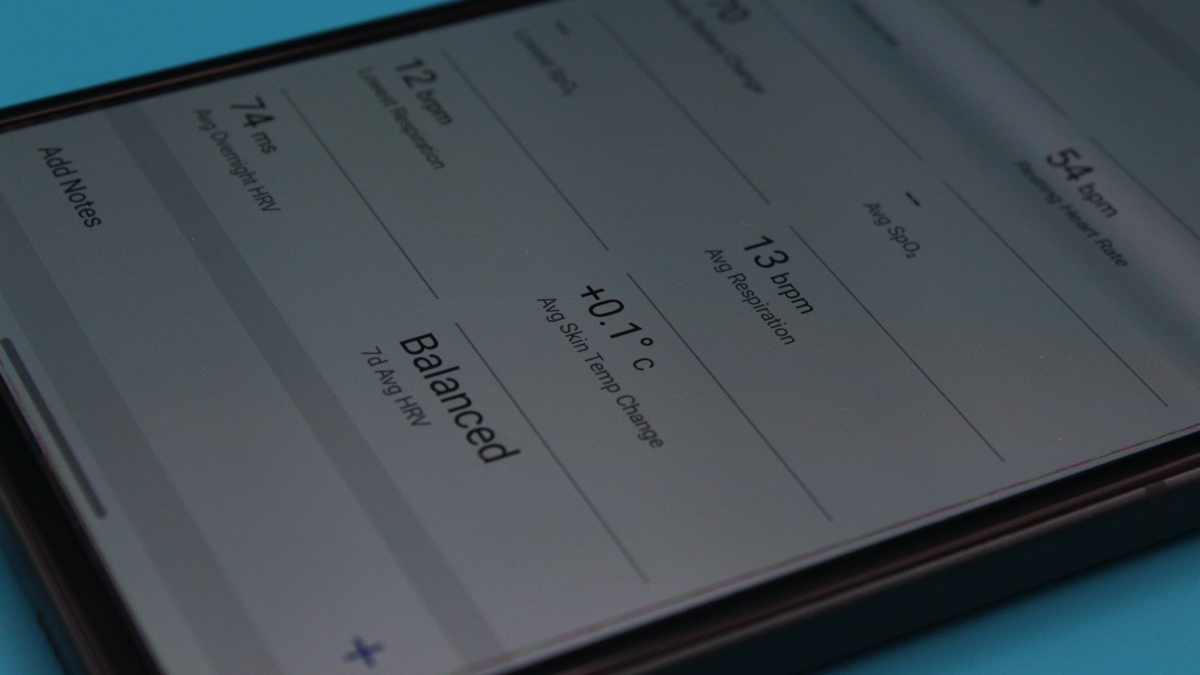
You can now track skin temperature and trends from certain Garmin watches, with the company quietly rolling out the feature to specific models at the end of last year.
Skin temperature isn't yet clearly signposted within Garmin Connect - or viewable on compatible watches - at present, and there are currently no proper insights related to the nightly measurement.
As such, it can be a little difficult to interpret what you're supposed to use skin temperature for.
Below, we've tried to answer these questions. Read on to discover which watches can track skin temperature, as well as details on how to view the data and what you can learn from it.
Which Garmin watches measure skin temperature
Wareable
Not all Garmin watches can actually track skin temperature. Even premium Forerunner devices released in 2023 don't necessarily have access to the feature, which will no doubt disappoint some owners.
At present, it's limited to Garmin devices that possess the company's latest optical sensor tech, Elevate 5. That means it's the same list of devices that can use the Garmin ECG app. We've listed them below:
- D2 Mach 1 Pro
- Epix Pro (all versions)
- Fenix 7 Pro (all versions)
- Quatix 7 Pro
- Tactix 7 Pro
- Venu 3 (both versions)
How to view Garmin skin temperature data
Wareable
As we mentioned up top, it's not actually super obvious where the skin temperature data actually lives within Garmin Connect. That's because it's hidden away inside your sleep stats - and only here, for now.
Follow the steps below and the screens shown above to access your skin temperature readings and trends.
1. Open Garmin Connect and select the 'More' tab from the bottom row.
2. From here, tap 'Health Stats' and then 'Sleep'.
3. Under the 'Sleep Score' page, scroll down and you'll be able to view 'Avg Skin Temp Change' in the Sleep Metrics section.
4. To view your seven-day or four-week skin temperature trend, change the timeline by scrolling to the top of the screen.
5. Once the data extends to your desired timeframe, scroll through the bubbles of available features underneath the graph until you find 'Skin Temp Change' - then select it.
How to use Garmin skin temperature data
Wareable
We've explored the relationship between skin temperature tracking and wearables in a separate piece for those who want to dive deep into this feature, but how can you currently use it on your Garmin?
In truth, we think it's pretty difficult to use it effectively in its current form.
Unlike the implementations of skin temperature tracking we've seen from Apple, Whoop, and Oura, which use the data to inform daily readiness or cycle prediction, the data collected by Garmin doesn't yet offer any context.
We expect the feature to evolve in 2024, though it's still unclear whether Garmin will focus on using it for women's health tracking purposes or to boost something like Training Readiness.
Garmin Connect does currently allow you to track periods, for example, but it doesn't currently use any data like skin temperature to help improve the accuracy of predictions.
It's also in a good place to help inform readiness, too, given that it's already looking out for deviations in your baseline skin temperature overnight. As we've tested and experienced from Whoop's Health Monitor, this baseline can be used to inform you when an illness is potentially inbound.
Skin temperature tracking has plenty of inherent environmental challenges (and can be affected by things as simple as sleeping in a hot or cold room, say), so we're interested to see how Garmin navigates this one.
How we test
